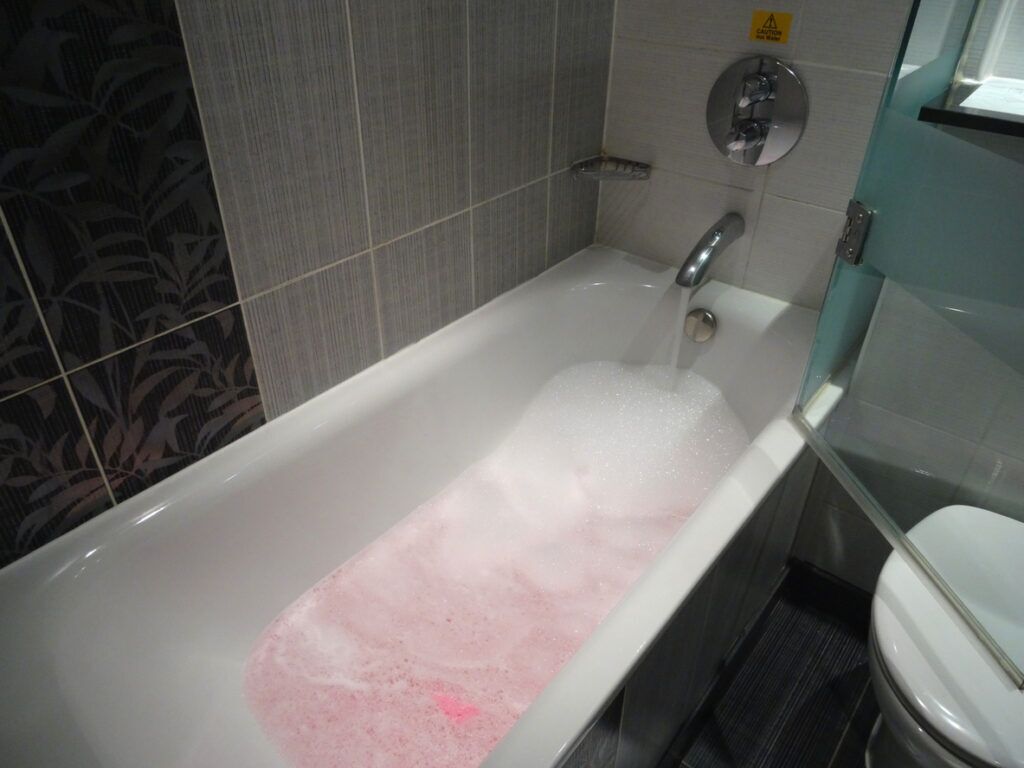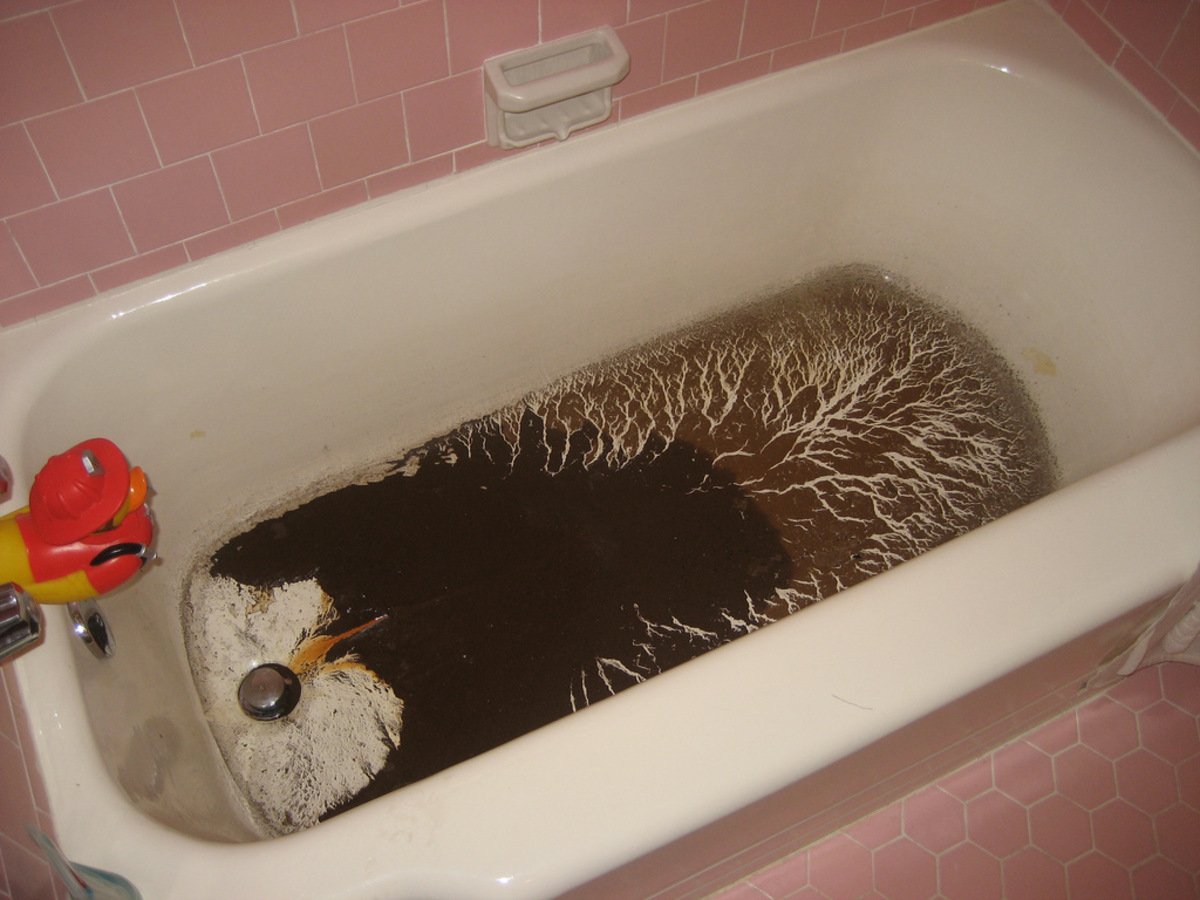Are you currently interested in info involving What to Do if Sewage Starts Coming Up Through Your Bathtub?

Sewage back-up in the tub can be a distressing and unhygienic trouble for any kind of homeowner. Not just is it bothersome, yet it also presents severe health and wellness dangers and suggests underlying issues with the plumbing system. Recognizing why sewer is coming up through the bath tub is essential for taking appropriate action to resolve the trouble successfully.
Introduction to the Problem
Typical Reasons for Sewer Back-up
Obstructions in the Sewage System Line
One of one of the most common sources of sewer back-up is an obstruction in the drain line. This can happen as a result of the accumulation of debris, grease, or international objects in the pipelines, avoiding appropriate flow and causing sewage to support into your bath tub.
Tree Root Invasion
Tree roots looking for moisture and nutrients can infiltrate sewer lines with tiny fractures or joints. Gradually, these origins can expand and increase, creating considerable damages to the pipes and leading to sewer backup issues.
Understanding the Trouble
When sewage starts backing up right into the tub, it's a clear indication of a trouble with the drainage system. The wastewater that should be flowing away from your home is rather discovering its back into your space, which can bring about considerable damages and carcinogen.
Prospective Reasons
Numerous elements can add to sewer backup in the tub. From clogs in the drain line to problems with the plumbing framework, recognizing the root cause is necessary for finding a service.
Aging Facilities
Older homes may have obsoleted plumbing systems that are a lot more vulnerable to deterioration, cracks, and wear and tear. As pipes age, they come to be extra susceptible to leaks and obstructions, increasing the possibility of sewage backup events.
Heavy Rainfall or Flooding
During durations of heavy rainfall or flooding, the drain system may end up being overwhelmed with excess water, causing backups and overflows. This can cause sewage supporting into bath tubs and various other fixtures inside the home.
Signs of Sewage Backup
Foul Odors
Undesirable odors emanating from drains or fixtures, specifically in the restroom, might suggest sewage back-up problems. These odors are typically solid and persistent, signaling a trouble that requires instant focus.
Slow Draining Fixtures
Bath tubs, sinks, and bathrooms that drain slowly or not in all could be experiencing sewage back-up. If numerous components are affected concurrently, it's most likely that the issue originates from a common factor, such as the major sewage system line.
Gurgling Noises
Odd gurgling or gurgling noises originating from drains pipes when water is running in other places in your home are a measure of air caught in the plumbing system. This air build-up can result from sewage back-up and ought to be checked out without delay.
Health Dangers Associated with Sewer Back-up
Contamination of Water System
Sewage back-up can pollute the water in your home, presenting a significant health and wellness risk to you and your family. Exposure to contaminated water can lead to gastrointestinal concerns, skin infections, and various other ailments.
Mold Development
Dampness from sewage backup can produce optimal conditions for mold and mildew development in your home. Mold spores can exacerbate respiratory system troubles and trigger allergies in delicate individuals, making punctual clean-up vital.
Spread of Illness
Sewer has unsafe bacteria, infections, and bloodsuckers that can cause a series of diseases, including hepatitis, cholera, and gastroenteritis. Entering into contact with sewage or infected surface areas puts you in jeopardy of infection.
Tidying up After Sewage Backup
Disinfection Procedures
Completely disinfect and sanitize impacted locations after sewer backup to eliminate unsafe microorganisms and prevent mold and mildew development. Usage proper cleansing items and safety gear to guarantee risk-free and efficient clean-up.
Reconstruction of Impacted Locations
Fix any damage to floor covering, walls, or fixtures caused by sewer back-up. Relying on the degree of the damages, you might need to replace carpeting, drywall, or various other products to recover your home to its pre-loss condition.
Immediate Actions to Take
Switching Off Water System
In the event of sewage backup, it's important to switch off the water system to avoid further contamination and damage. Situate the primary water shutoff valve in your home and shut it off until the issue can be fixed.
Contacting a Specialist Plumber
Managing sewer backup is not a do it yourself task. Get in touch with a licensed plumber with experience in dealing with sewage-related issues to analyze the circumstance and execute needed repair services or clean-ups.
Staying Clear Of Contact with Contaminated Water
Until the sewage back-up is fixed, stay clear of contact with contaminated water to prevent the spread of bacteria and pathogens. Put on protective gear if you should be in the damaged area and wash your hands completely afterward.
Safety nets
Regular Upkeep of Drain Lines
Schedule routine inspections and upkeep of your sewage system lines to recognize and deal with possible concerns prior to they escalate into significant troubles. This can include cleaning out particles, examining for tree origin invasion, and fixing any broken pipelines.
Mounting Bayou Shutoffs
Take into consideration mounting bayou valves in your plumbing system to stop sewage from flowing back right into your home during durations of heavy rainfall or flooding. These shutoffs automatically close when water draws back up, shielding your building from contamination.
Appropriate Disposal of Family Waste
Avoid purging anything aside from toilet paper and human waste down the commode to avoid clogs and blockages in the sewer line. Dispose of oil, oil, and various other household chemicals appropriately to decrease the risk of plumbing troubles.
Why Is Water Backing Up in My Bathtub When I Flush My Toilet?
What to do about a sewer line clog
First, don’t bother with plunging. No amount of plunging will dislodge the clog in a sewer line. The clog is too far away. Plungers are for clogs in the toilet itself, not the sewer line. Plus, the most likely causes of a sewer clog are:
Tree roots Flushed toys or feminine products Grease buildup Those items don’t move easily. And in the case of tree roots, the roots need to be cut out of the pipe and the pipe will need to be repaired.
You’ll need a closet auger. A closet auger is a type of plumber’s snake with a protective cover to keep from scratching the delicate porcelain toilet. If the clog is further down, you may need to remove the toilet or use one of your cleanouts to get to the clog.
We also recommend doing a video inspection of the drain to ensure that the cause of the clog has been completely removed. Otherwise, you could have the same problem again in a few days or weeks.
https://mspplumbingheatingair.com/blog/why-is-water-backing-up-in-my-bathtub-when-i-flush-my-toilet

I was shown that editorial on Why is Sewage Backing Up Into My Bathtub? through a buddy on a different web property. Those who liked our blog post if you please make sure you remember to share it. Thanks a lot for taking the time to read it.
Click Here